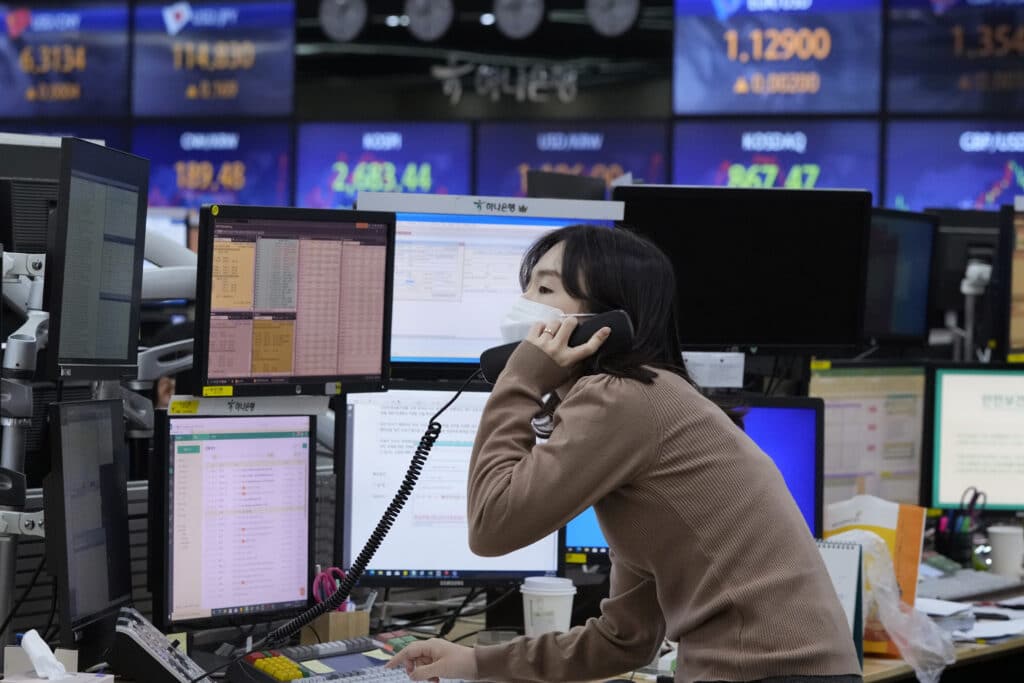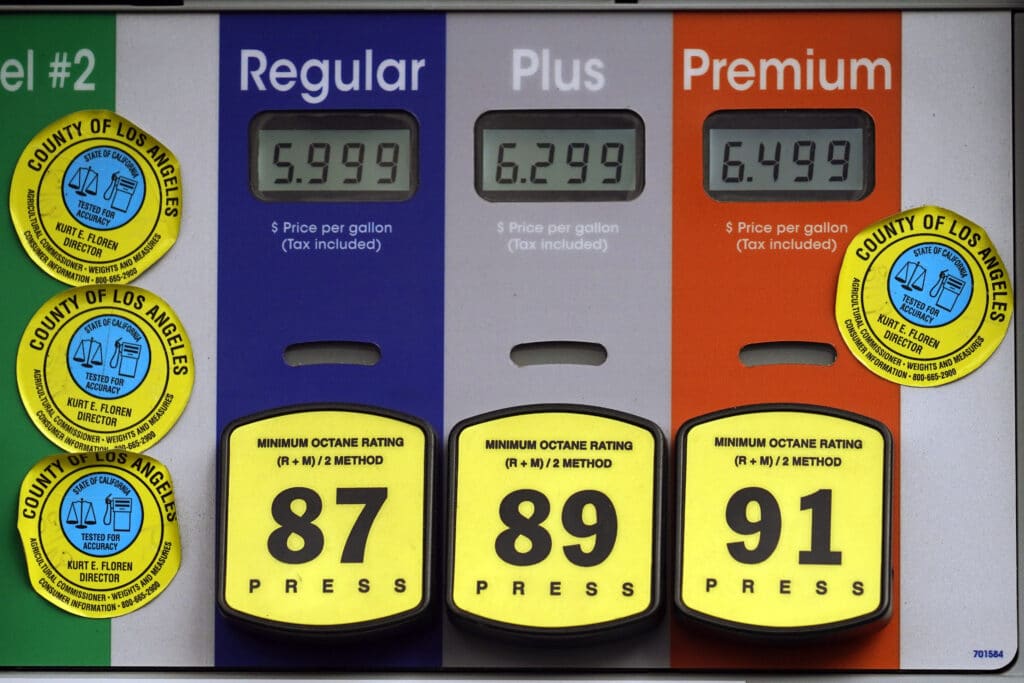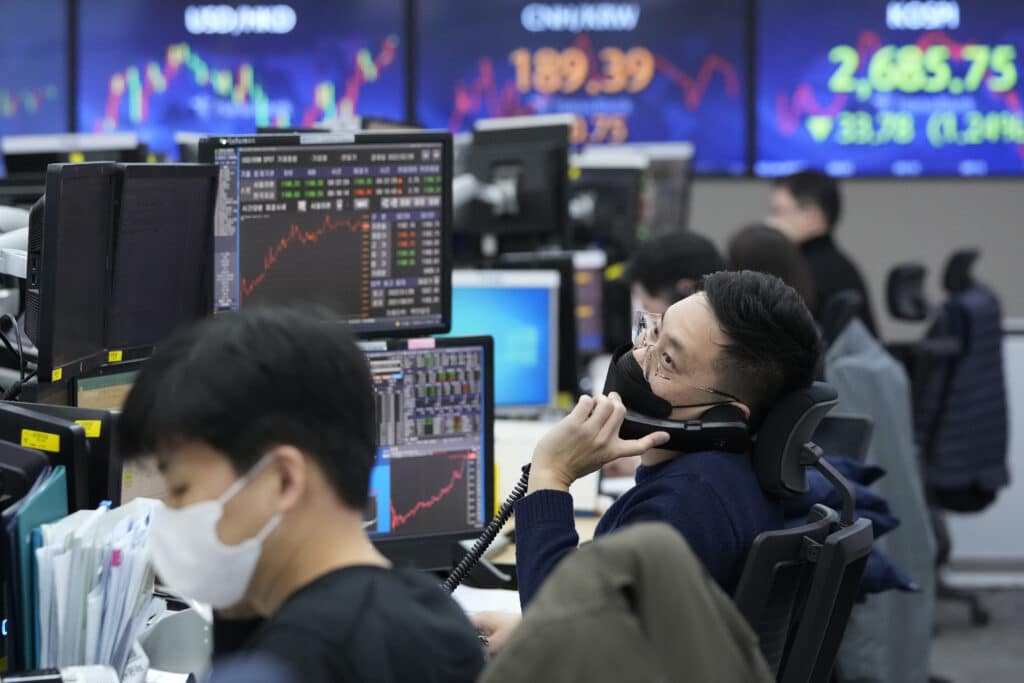That kind of inflation number was right at the end of Jimmy Carter’s administration, and just before Ronald Reagan tackled the economic disaster Carter left behind, and one curious thing, another prominent figure who was in government back then and still is today, President Joe Biden. The figure reported Friday by the Commerce Department was the largest year-over-year rise going back 40 years to 1982. As reported by the AP:
Excluding volatile food and energy prices, core inflation increased 5.2% in January from a year earlier
WASHINGTON (AP) — An inflation gauge that is closely monitored by the Federal Reserve jumped 6.1% in January compared with a year ago, the latest evidence that Americans are enduring sharp price increases that will likely worsen after Russia’s invasion of Ukraine.

The figure reported Friday by the Commerce Department was the largest year-over-year rise since 1982. Excluding volatile food and energy prices, core inflation increased 5.2% in January from a year earlier.
Robust consumer spending has combined with widespread product and worker shortages to create the highest inflation in four decades — a heavy burden for U.S. households, especially lower-income families faced with elevated costs for food, fuel, and rent.
At the same time, consumers as a whole largely shrugged off the higher prices last month and boosted their spending 2.1% from December to January, Friday’s report said, an encouraging sign for the economy and the job market. That was a sharp improvement from December, when spending fell. Americans across the income scale have been receiving pay raises and have amassed more savings than they had before the pandemic struck two years ago. That expanded pool of savings provides fuel for future spending.
Inflation, though, is expected to remain high and perhaps accelerate in the coming months, especially with Russia’s invasion likely disrupting oil and gas exports. The costs of other commodities that are produced in Ukraine, such as wheat and aluminum, are rising, too.
President Joe Biden said Thursday that he would do “everything I can” to keep gas prices in check. Biden did not spell out details, though he mentioned the possibility of releasing more oil from the nation’s strategic reserves. He also warned that oil and gas companies “should not exploit this moment” by raising prices at the pump.
President Joe Biden said Thursday that he would do “everything I can” to keep gas prices in check. Biden did not spell out details, but he mentioned the possibility of releasing more oil from the nation’s strategic reserves. He also warned that oil and gas companies “should not exploit this moment” by raising prices at the pump.

Russia’s invasion and the likely resulting rise in inflation have increased pressure on the Federal Reserve, which is expected to raise interest rates several times this year beginning in March. The Fed’s delicate task — to raise rates enough to restrain inflation, without going so far as to tip the economy into recession — has now become more difficult.
Fed officials are acknowledging that the invasion of Ukraine could alter the central bank’s plans for rate hikes. So far, though, the policymakers haven’t offered specific thoughts about their plans.
Loretta Mester, president of the Federal Reserve Bank of Cleveland, said Thursday that she supported a series of rate hikes beginning in March. But she said the Fed should remain flexible: Faster rate hikes might be needed, she said, if inflation hasn’t begun to fade by mid-year, or more gradual increases if inflation is slowing.
“The implications of the unfolding situation in Ukraine for the medium-run economic outlook in the U.S. will also be a consideration,” she said.
Other Fed officials have offered similar remarks this week.
January’s data show inflation was already picking up before the invasion. From December to January, prices rose 0.6%, up from 0.5% in the previous month.
There are early indications that consumer spending has stayed healthy, boosted by the rapid fading of the omicron wave of the coronavirus. JPMorgan Chase said that spending on its credit cards for airline tickets, hotel rooms, and restaurant meals rose in the first half of this month.

The JPMorgan Chase Institute also recently released data showing that cash balances remain elevated among their customers, including those with lower incomes. Bank account balances for Americans with less than $26,000 in income were 65% higher at the end of last year than they were two years before.
Americans’ paychecks are rising steadily. Average hourly earnings rose 5.7% in January compared with a year ago. Unless companies can offset their higher labor costs with greater efficiencies, most of them will likely charge their customers more. This would send inflation higher.
The combination of higher pay and enhanced savings suggests that Americans may be able to keep spending at a solid pace in the coming months, thereby sustaining the economy’s inflationary pressures.
By CHRISTOPHER RUGABER Economics Writer






